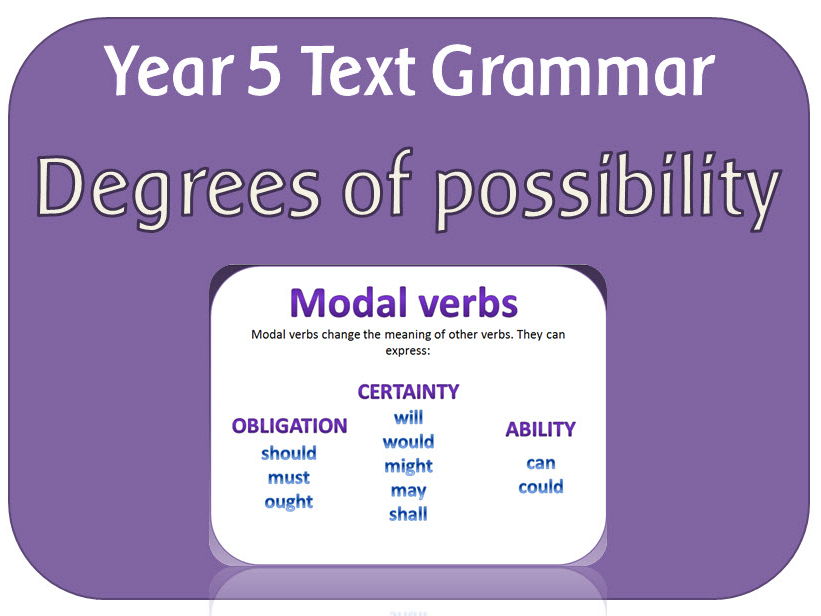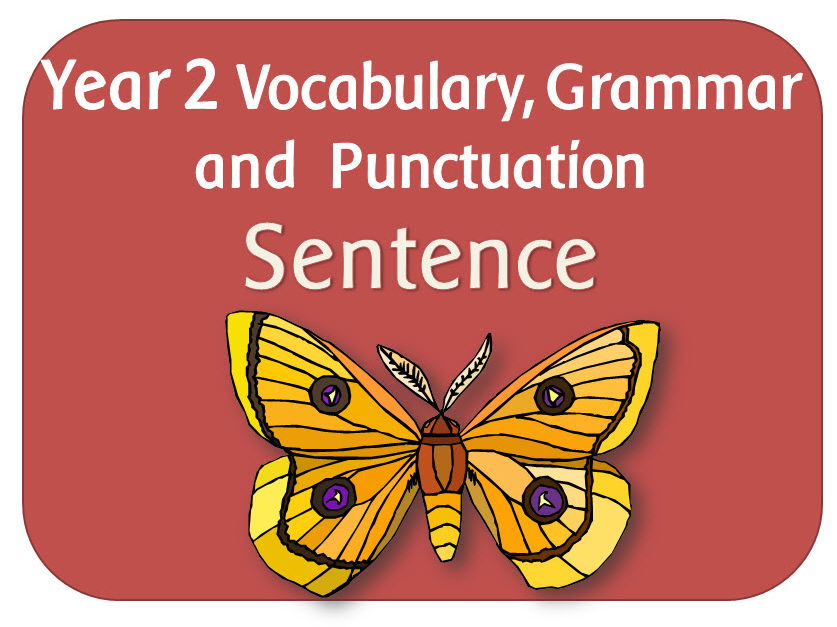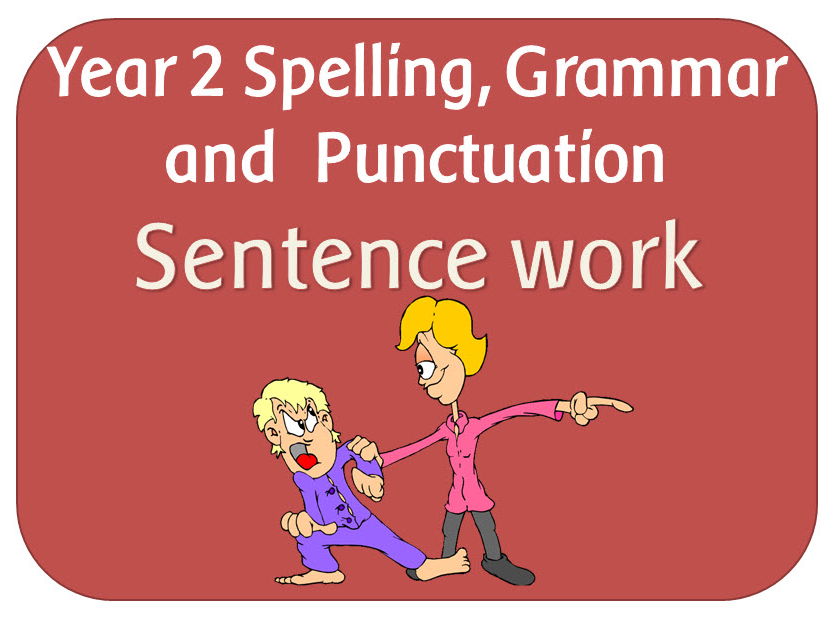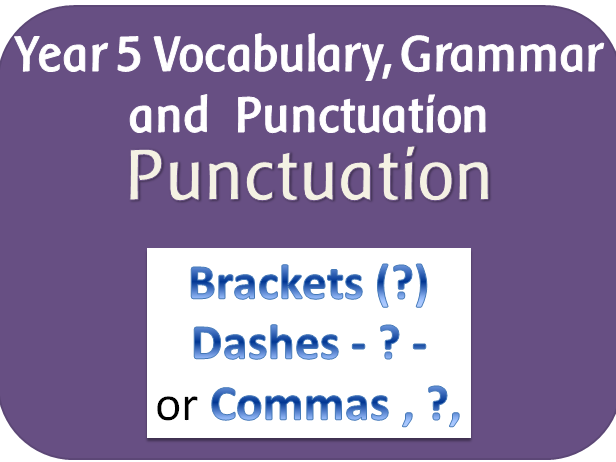
404Uploads
1071k+Views
683k+Downloads
World languages

SPaG Year 5 Sentence Grammar: Degrees of possibility using adverbs or modal verbs
A powerpoint teaching about how to indicate degrees of possibility using adverbs or modal verbs might, should, will, must.

SPaG Year 3 Grammar: Use of the forms a or an
A powerpoint explaining when to use a and when to use an, with an interactive activity for the children to choose the correct form.

SPaG Year 2 Sentence: Expanded noun phrases for description and specification
A PowerPoint demonstrating how to add adjectives to make expanded noun phrases. Ends with different pictures for the children to add words to describe and specify.

SPaG Year 4 Word Grammar: Standard English forms for verb inflections
A powerpoint looking at how suffixes change the way verbs work, with some examples of standard English to use in writing rather than local spoken forms, plus a list of irregular verbs.

SPaG Year 6 Word Grammar: Formal and informal vocabulary
A powerpoint lesson and worksheet to teach the difference between vocabulary typical of informal speech and vocabulary appropriate for formal speech and writing.

SPaG Year 4 Text Grammar: Use of paragraphs to organise ideas around a theme
A powerpoint explaining what paragraphs are and how they can be used to organise ideas around a theme and a sheet to help the children plan out the main ideas in a paragraph.

SPaG Year 3 punctuation: Introduction to inverted commas to punctuate direct speech
A powerpoint explaining what direct speech is and how to use inverted commas when writing it down.

SPaG Year 6 Sentence Grammar: Informal and formal writing powerpoint
The powerpoint explains how to change writing styles/register according to audience, purpose and text, and what tone to use for each. Shows examples of similar sentence written in a formal and an informal style. Ends with an activity where the children have to turn an informal sentence into a formal one.

SPaG Year 2 : Sentence punctuation and commas for lists
2 powerpoint lessons explaining the use of capital letters, full stops, question marks and exclamation marks to demarcate sentences and the use of commas to separate items in a list.

SPaG Year 6 Sentence Grammar: Use of the passive
POWERPOINT: Explanation of active and passive sentences and how to arrange an active sentence to make it passive. Explains how and when passive sentences can be used
PRINTABLE FILES (PDF): Passive sentences worksheet: Change the active sentences into passive sentences

SPaG Year 2 Sentences: Statements, questions, exclamations or commands
A lesson explainint the difference between statements questions exclamations and commands, with 2 activities.
DIFFERENT TYPES OF SENTENCES
POWERPOINT
Explains the difference between a statement, question, exclamation and a command, and how the grammatical patterns vary
ACTIVITIES
Different types of sentences - writing an advertisement x 2

SPaG Year 2 Word: -er and -est in adjectives and -ly to turn adjectives into adverbs
2 powerpoint lessons and a worksheet:
THE USE OF LY TO TURN ADJECTIVES INTO ADVERBS
POWERPOINT
Using ly to turn adjectives into adverbs: Explains what adverbs are and how to make them by adding ly to adjectives.Gives a list of words to add ly to.
ACTIVITY
Making adverbs worksheet: Writing sentences with adverbs
USING THE SUFFIXES ER AND EST IN ADJECTIVES
POWERPOINT
Suffixes er and est as comparatives: Explains how they change the meaning of words. Gives a list of words to add the suffixes to and think of sentences with them in.

Y6 SPaG Punctuation resources: Colon, semi-colon, dash, bullet points and hypens
This set includes 2 resources:
One powerpoint explaining:
the use of the semi-colon, colon and dash to mark the boundary between independent clauses
use of the colon to introduce a list and use of semi-colons within lists
punctuation of bullet points to list information
Plus 5 A4 posters explaining the use of the colon, semi-colon, dashes, bullet points and hypens

SPaG Year 5 Punctuation: Parenthesis (brackets, dashes, commas) and commas to clarify meaning
This pack contains 2 powerpoint lessons:
Parenthesis: How brackets, dashes or commas can be used to indicate parenthesis.
Commas: Gives examples of what can happen if commas are omitted, and how they are important to the intended meaning.

Parts of Speech Posters; SPaG, Grammar display
A set of 9 A4 posters plus A4 title and large banner.
The posters describe, name and give examples of each word class.
The posters cover the main 8 parts of speech, plus ‘determiners’ which is often included as the ninth part of speech.
The titles of the posters are:
Adjective
Adverb
Conjunction
Interjection
Noun
Preposition
Pronoun
Verb
Determiner
There are also blank versions to laminate and use for word walls, vocabulary collections etc.

SPaG Year 6 Text Grammar: Linking ideas using cohesive devices
A powepoint and display file to help children remember a range of cohesive devices in their writing.
POWERPOINT:
Cohesive devises: Looks at and explains cohesive devices such as synonyms; pronouns; verb tenses; repetition of a phrase; adverbials and ellipses
PRINTABLE FILE (PDF):
Cohesive devices display: For reference - it contains all the terminology above.

SPaG Year 1 : Plural noun suffixes powerpoint and worksheet
A powerpoint lesson, worksheet and plan on plural noun suffixes:
Plural noun suffixes: A powerpoint explaining the meaning of singular, plural and what a suffix is. It explains what effect the addition of s or es has on nouns.It ends with an interactive game.
Plural noun suffix worksheet

SPaG Year 3 Terminology powerpoint
A powerpoint explaining the terms adverb, preposition, conjunction, word family, prefix, clause, subordinate clause, direct speech, inverted commas, speech marks, vowels and consonants

SPaG Year 6 Terminology powerpoint
A powerpoint explaining the terminology for pupils in Y6: subject, object, active, passive, synonym, antonym
ellipsis, hyphen, colon, semi-colon and bullet points.




















